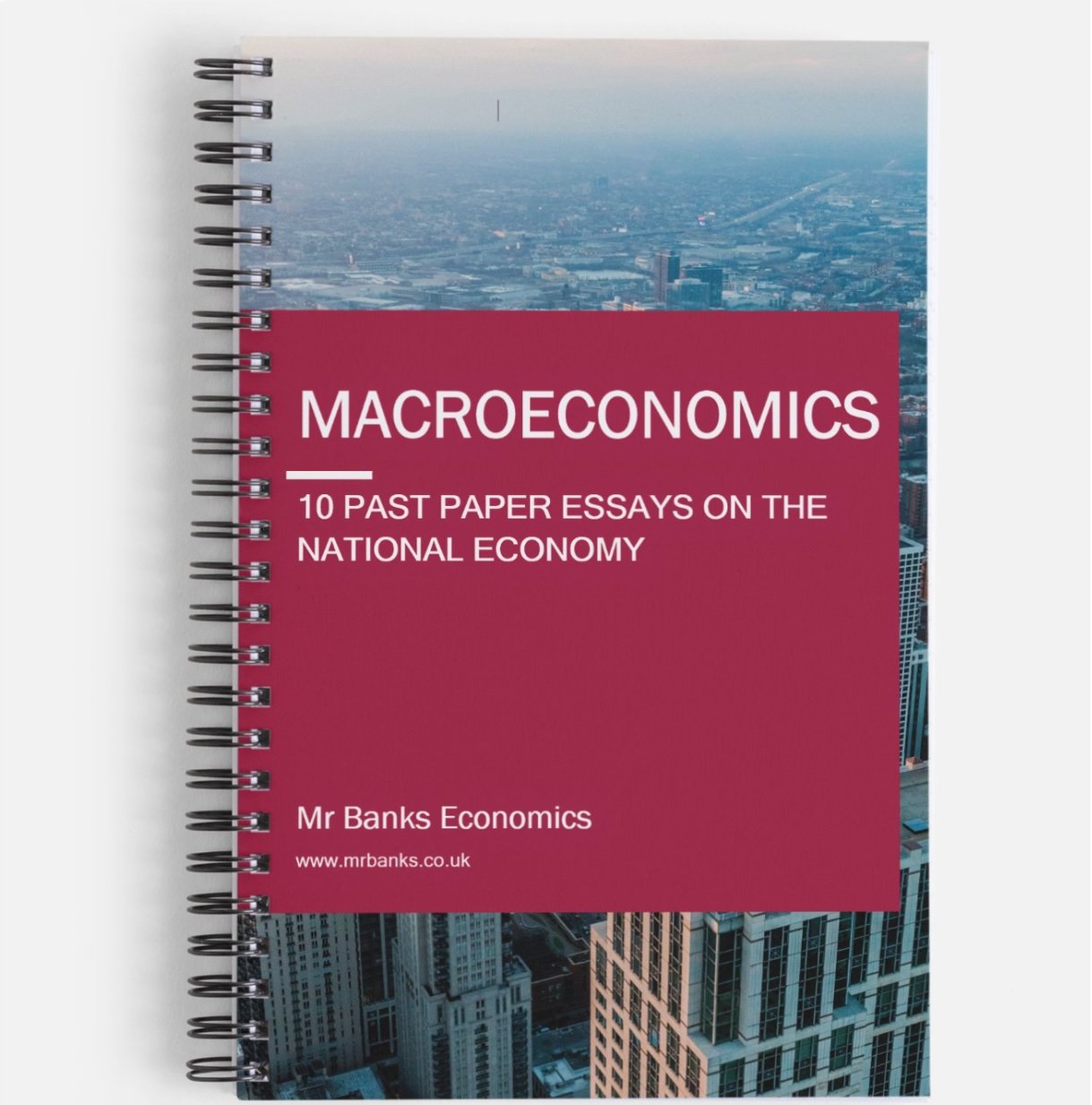Perfect Competition
A-level Economics
market structure. short-run and long-run. Shutdown point.
Definition
A perfectly competitive market is an economic model where resources are allocated efficiently at the point Price = Marginal Cost. In the model, there are:
infinite suppliers and consumers
there is perfect information
no barriers to entry/exit
suppliers produce homogeneous products (identical)
firms are profit maximisers
firms are price takers
therefore, firms maximise their profits by taking the market price
Perfect Competition - Real world examples?
It is not realistic to assume that a perfectly competitive market can be found in the real world. If there were a spectrum of the different kind of market structures, perfect competition would be on one end and a pure monopoly would be on the other end.
One reason why we would never have perfect competition is because we never have perfect information. Even with the internet providing information to us, we are not always aware of which firm has the lowest price or other attributes about the products we buy.
Another reason why perfect competition doesn't really exist is because we never usually come across homogeneous products. Suppliers in the real world make a point of differentiating their product from that of other suppliers, because they are looking to target a different set of consumers. For example, an Apple iPhone and a Samsung Galaxy are similar products, but they are far from identical. However, there are examples of goods being extremely close to homogeneous e.g. commodities like gold could be considered as identical, no matter where you buy it from. However, this hasn't stopped various companies branding their gold bullion to distinguish their product (I personally don't get why people would care about who produced their gold bar).
Have a look below to see what I mean..
https://www.bullionbypost.co.uk/gold-bars/1-kilo-gold-bar/
Allocative Efficiency: This is achieved at the point P=MC. It means that the firms are not being overrewarded for their factors of production, and therefore this results in our society's welfare being maximised. They are being rewarded at a level that reflects the benefits from consuming the good/service.
Productive Efficiency: This is achieved at the minimum point on the ATC curve. The minimum average cost. It's also equal to the point AC=MC. It shows that the firm is maximising their output whilst minimising their costs per unit.
IF YOU WANT GOOD GRADES FAST, BUY THESE BOOKS!
MACROECONOMICS MODEL ANSWER BOOK
10 Past Papers with Model Answers on the National Economy
Written by an experienced Economics tutor
Full model answers with diagrams
Suitable for all UK Economics exam boards
Physical booklet
£20.00
MICROECONOMICS MODEL ANSWER BOOK
10 Past Papers with Model Answers on Market Failure
Written by an experienced Economics tutor
Full model answers with diagrams
Suitable for all UK Economics exam boards
Physical booklet
£20.00
WANT TO SEE MORE?
In the diagram above, the market is in equilibrium at price P. You can see this on the left hand side. Now, we are going to leave our view of the market, and switch our view to the firm. It is important to know that market diagrams and firm diagrams are different in perfect competition.
Firstly, let's remember that a perfectly competitive firm is a price taker. This means that their demand curve/AR curve, is elastic. On the diagram, you will see a number of points. Point A happens to be the point where MR = MC, which is profit maximisation. Remember, that perfectly competititve firms are assumed to be profit maximisers. It just so happens that profit maximisation is in line with allocative efficiency (P=MC) in a perfectly competitive world. [With an elastic demand curve, P=MR, so if P=MC, MR=MC too]
Their profit maximisation leads to supernormal profits. We know this because at point A, there is a difference between price and cost. When P>C, we have supernormal profits.
Now let's talk about efficiencies again. We know that the firm is allocatively efficient. But what about productively efficient? Productive efficiency occurs at the output point where average cost is minimised, point C. On the diagram, our output level (Qfirm) is in line with points A and B. So that means, the firm is not productively efficient in the short-run.
In this diagram, we take into account how the perfect information in the perfect competition model operates. The signalling function and incentive function of prices has attracted new firms to the marketplace. This has caused the market supply curve to shift to the right (S1).
Now, let's switch to the firm's point of view again. The firm must accept the market price. So the market price being P1, has meant the firm must accept the price of P1 also. This shifts the AR=MR curve downwards until the market price has been matched. This is at point B.
Ask yourself, why does the market supply curve stop at P1? Why are new firms not being attracted to the market? The answer is simple. When new firms join the market, the supernormal profits are competed away. New firms continue to join until all of the supernormal profits are competed away. This occurs at point B. The reason for this is because point B is at the minimum cost per unit. The firm simply cannot price below that point, because it is the minimum cost point. To make a normal profit, P=AC. The firms cannot price lower than this, because they will not be making enough profit to keep them in business in the long-run.
Therefore, in the long-run, the perfectly competitive market is allocatively AND productively efficient.
When do firms not make enough profit and shut down?
There are two answers to this. The short-run and the long-run.
In the short-run, firms must be pricing at a level that is above their average variable cost point. Average variable costs are what the firm must pay to continue trading and maintain day-to-day activities. If they are not paid for, then the firm shuts down. So, if your AVC = £10, then your P or AR must be £10 or more to ensure the AVC is covered.
In the long-run, firms must ensure that normal profits are being made. The condition for normal profit is P=AC. So all costs, must be covered in the long-run.
Perfect Competition & Efficiency
We have discovered that perfect competition produces an outcomes that is statically efficient. This means that there is allocative & productive efficiency at a given point in time.
However, we cannot assume that perfectly competitive markets are dynamically efficient.
Dynamic efficiency occurs when efficiency is improved over time. To be dynamically efficient firms would need to be able to:
Conduct R&D (research and development): to improve products or invent new ones
Invest: into new technologies, training, capital goods etc. in order to make the production process more efficient and lower costs in the future
We cannot expect perfectly competitive firms to be able to achieve this because they are small price takers, and they are making normal profits. Normal profits means they make just enough profit to survive, so there won't be any left over to reinvest into the business. Larger firms who make supernormal profits will be able to do this, so you could argue they are more efficient (dynamically speaking)
However, remember that in real life there is no such thing as perfect competition, although we can have competitive markets who can have a degree of dynamic efficiency.
What have we learned?
The perfect competition model and its assumptions
The conditions for allocative and productive efficiency
The short-run and long-run industry/firm diagrams
The firm's shutdown point in the short-run and long-run


